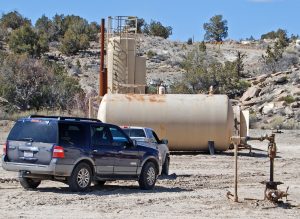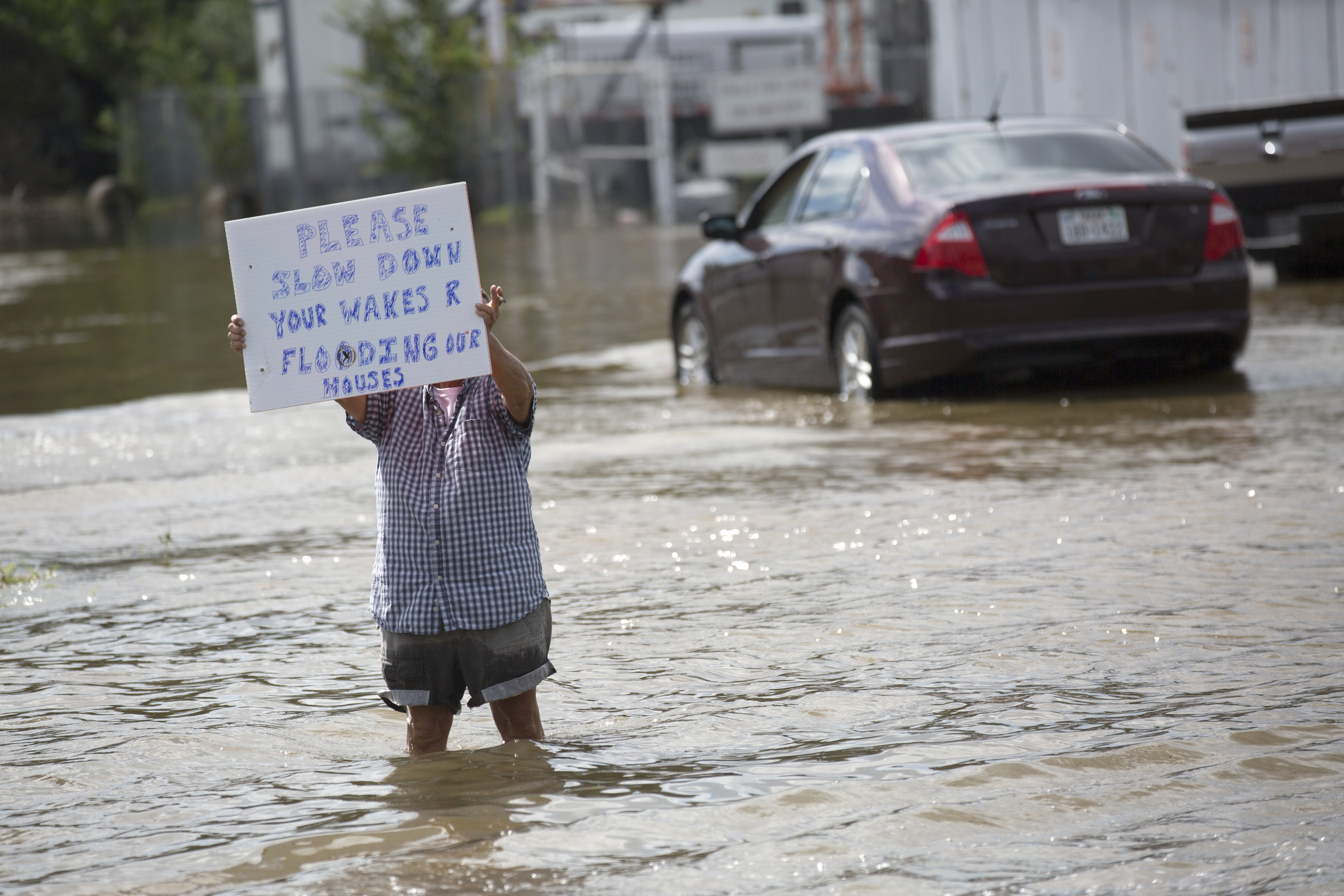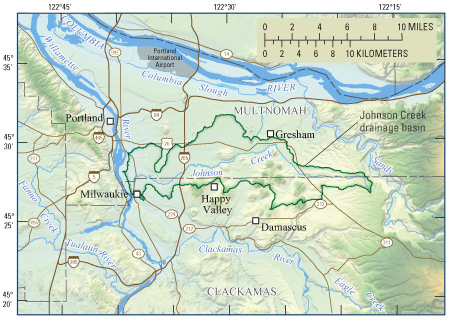As the saying goes, everything is bigger in Texas — including the water management challenges. Depending on the weather, many Texans routinely deal with either too much or too little water.

Depending on the weather, Texas routinely deals with both severe flooding from heavy rainstorms and extreme droughts. In the wake of Hurricane Harvey, which brought approximately 80 million acre-feet to the Houston area in 2017, state policymakers and water managers are examining whether floodwaters can be “banked” statewide for withdrawal during times of scarcity. Photo courtesy of Glenn Fawcett/U.S. Customs and Border Protection.
Over two weeks in 2017, for example, Hurricane Harvey delivered approximately 80 million acre-feet of water to southeastern parts of the state — enough to fill the Houston Astrodome 80,000 times. At the other end of the spectrum, nearly the entire state endured a 5-year drought beginning in 2010. At its worst, about 88% of the state was considered under “exceptional drought” by the U.S. Drought Monitor. This condition indicates emergency-level water shortages and widespread crop and pasture loss.
Some Texan cities, such as El Paso, Kerrville, and San Antonio, approach the challenge as an opportunity by injecting excess water delivered by heavy storms into underground aquifers for withdrawal during droughts. Expecting the effects of climate change to increase the frequency and severity of both extremes, researchers with the University of Texas at Austin (UTA) now are examining the feasibility of expanding groundwater injection statewide.
An underground Lake Mead
The growing water demands of both people and crops have caused a gradual decline in average water levels of the eight groundwater aquifers along the Texas Gulf Coast. The UTA team, consisting of research geologists Qian Yang and Bridget Scanlon, wanted to learn whether these aquifers contain enough storage space to hold the excess water left behind in rivers and streams by the state’s most severe storms, according to a May news release.
The team notes in their study that implementing a water recovery and groundwater injection scheme on a large enough scale for the entire state would require significant investment and planning. However, they discovered that Texas’ coastal aquifers have space for approximately 20 million acre-feet of water. That amount is almost as much water as Lake Mead, the largest reservoir in the U.S., can hold.
“This study is the first step, but it looks like the water is worth going after,” Scanlon said in a UTA release. “Before this research we didn’t know how much water there was, whether it would be worth investing in, where it was, when it occurred – all these basic questions.”
Focusing on 10 major Texas rivers that discharge to the Gulf of Mexico, the researchers reviewed 50 years of daily mean streamflow data from U.S. Geological Survey sensors, identifying flows that exceeded the 95th percentile as the result of severe precipitation. For each of these high-flow events, the researchers calculated the amount of water above average in the river as well as the frequency and duration of each event. From 2015 to 2017 – considered a particularly wet stretch for much of the state – storms brought an estimated 30 million acre-feet of additional water to rivers within the study area, the researchers found.
The challenges ahead
The discovery that Texas’ coastal aquifers likely contain enough space to store at least one year’s worth of stormwater from the state’s largest rain events was just one piece of the UTA team’s analysis. The researchers also considered the logistical requirements of implementing groundwater injection on a statewide scale.

University of Texas at Austin research geologists Qian Yang and Bridget Scanlon estimated the amount of water added to rivers by the top 5% of Texas’ most intense storms over the last 50 years, as well as the amount of potential storage space in eight coastal groundwater aquifers. The team discovered that the aquifers could fit about 2/3 of the amount of water produced by high-intensity storms between 2015 and 2017, according to a recent paper published in Environmental Research Letters. Photo courtesy of Wikimedia Commons.
Stream gauge data revealed, for example, that about 80% of extra water in the rivers is delivered by rain events occurring for more than one week at a time. While the researchers write that prolonged storms are a better fit for groundwater injection than shorter, more intense storms, they also note that capturing a worthwhile amount of water from these storms would require an immense amount of new infrastructure.
For instance, because floodwaters move through rivers much faster and in greater volumes than injection wells can safely pump stormwater underground, watershed managers would need to construct a vast network of interim water storage facilities. Reservoirs large enough to accommodate water from all high-flow events in their respective watersheds already exist in the Brazos and Colorado River basins, according to the study. But other reservoirs, such as those within the Trinity and San Jacinto Basins, are too small or too frequently full to accept the amount of additional water expected in their regions during high-magnitude storms.
Texas’ relatively small number of existing injection wells is another obstacle. The state contains a total of 66 stormwater management wells according to the researchers — a negligible amount, compared to smaller states such as Washington, with more than 53,000, or Arizona, with nearly 30,000. Based on injection rates from Texas’ largest existing groundwater injection project in San Antonio, mitigating flood damages from a storm similar to Hurricane Harvey would require approximately 42,000 injection wells operating within the affected area, the researchers estimate.
Adding in the costs of water transport from rivers to storage facilities and the water quality treatment required prior to injection, the researchers find that implementing groundwater injection on a statewide scale is possible, but would require significant funding, expertise, and political capital.
“While there has been significant interest from both policymakers and water managers to do a better job of taking advantage of flood flows, there just was not really a robust understanding of the true availability,” said Bill Mullican, former deputy administrator for the Texas Water Development Board, in a release. “What Dr. Yang and Dr. Scanlon did has filled a very important niche in understanding the opportunity and availability of a potential water resource that we might take advantage of in the future.”
Read the team’s full, open-access study in Environmental Research Letters.





